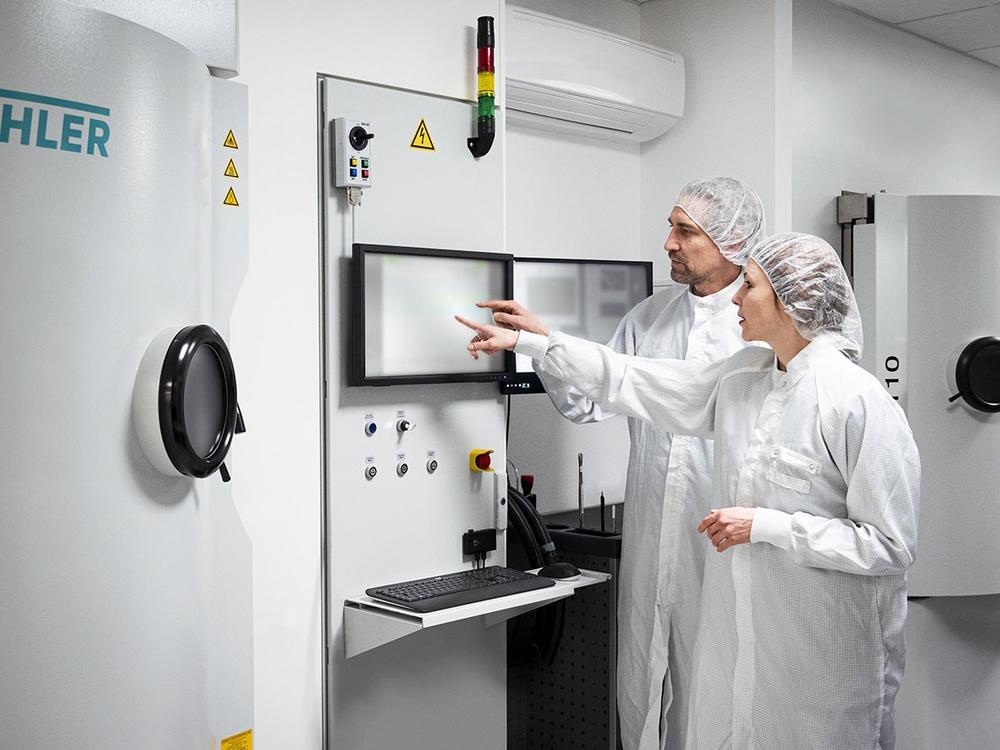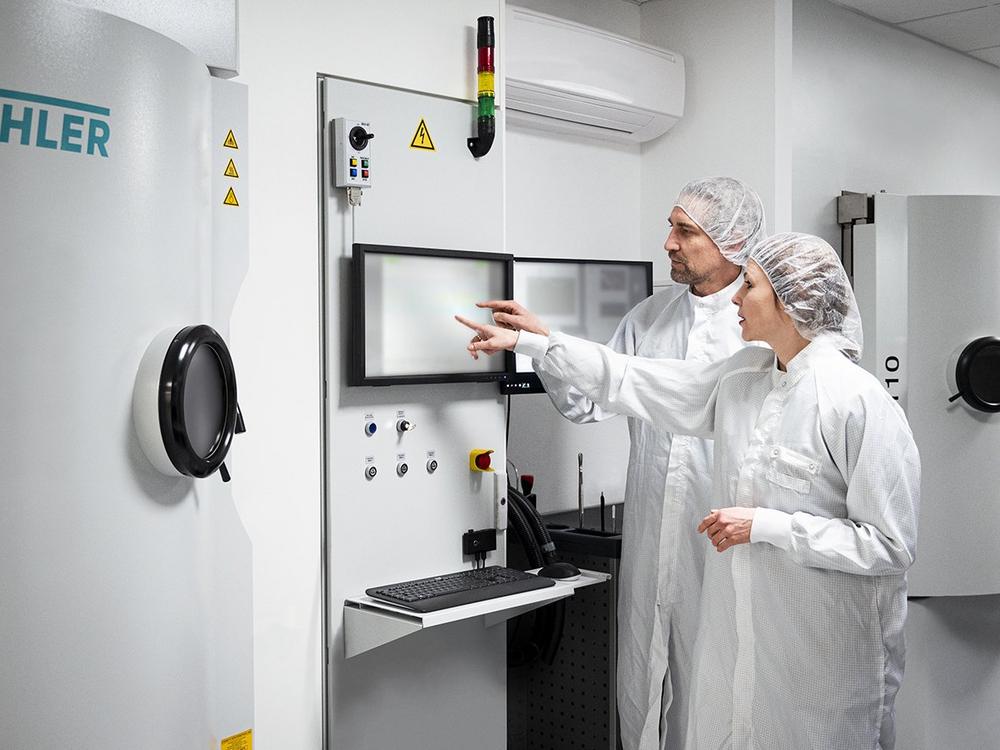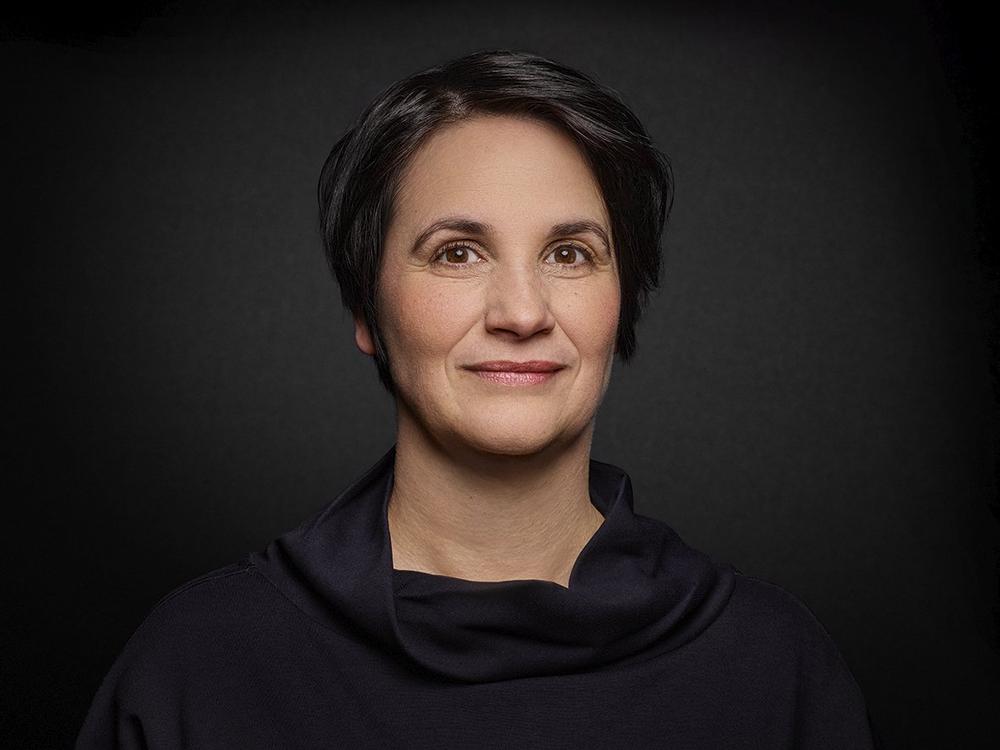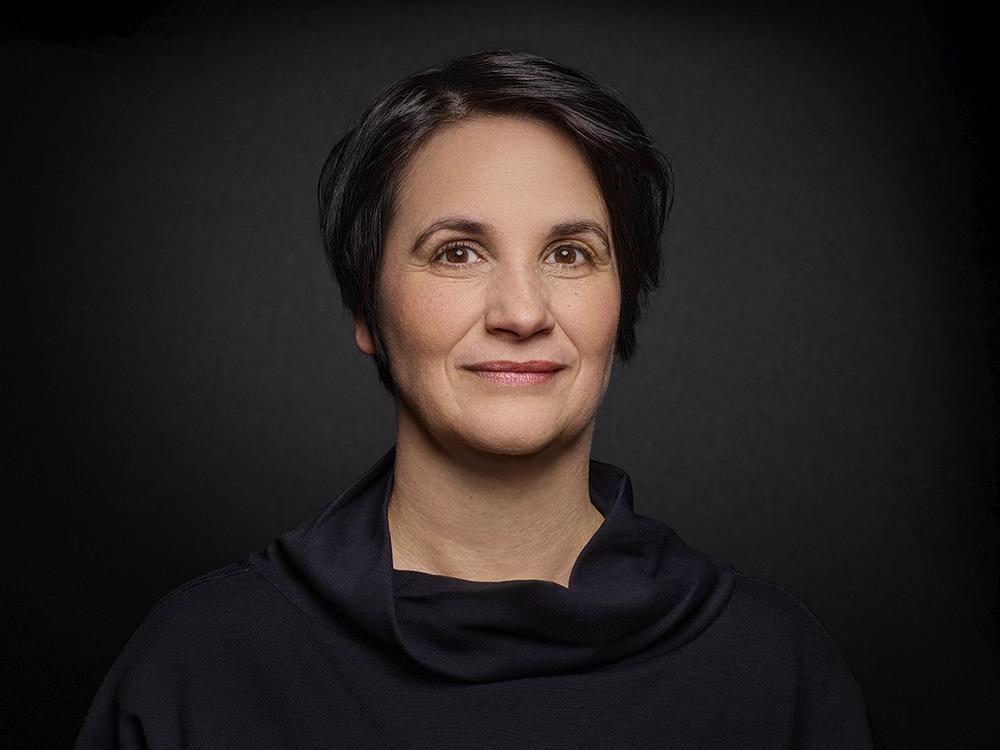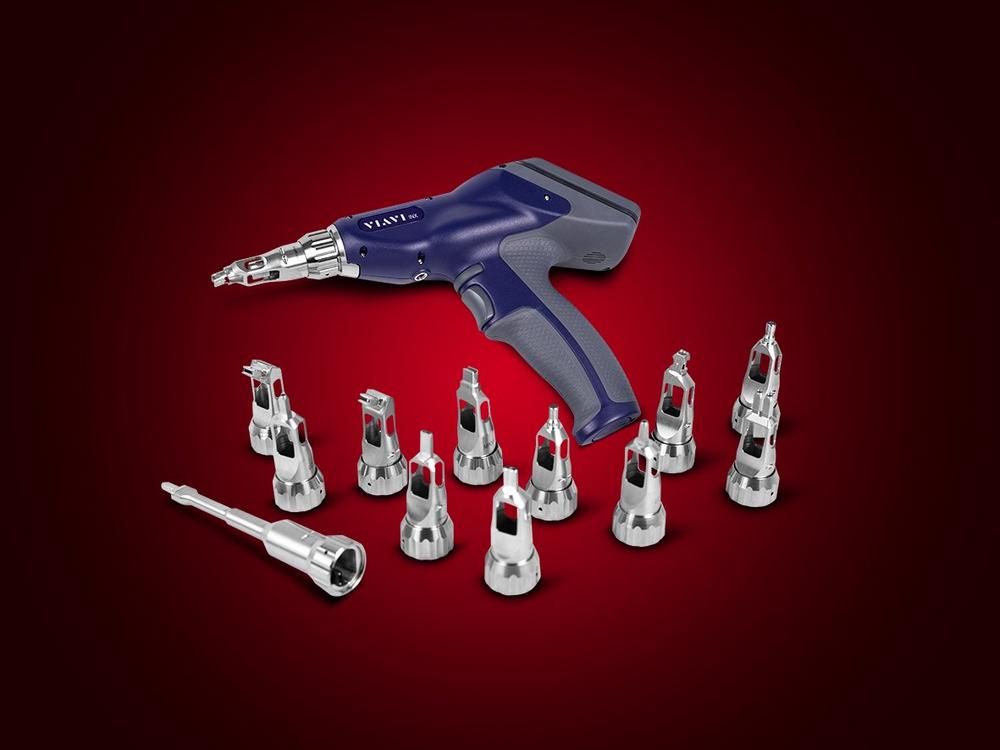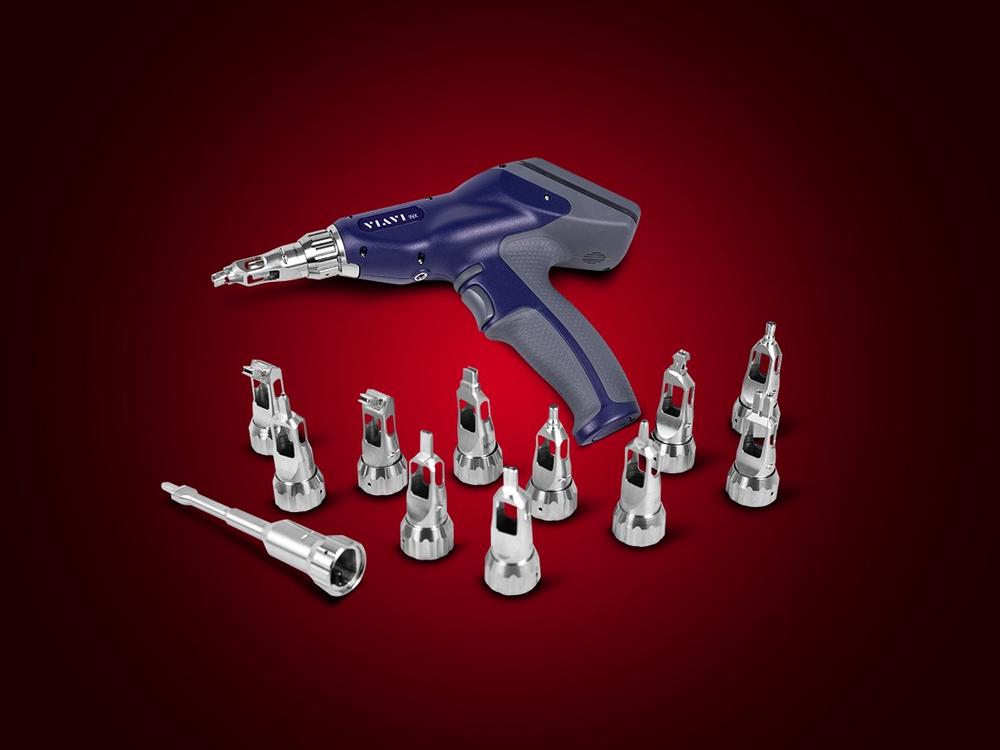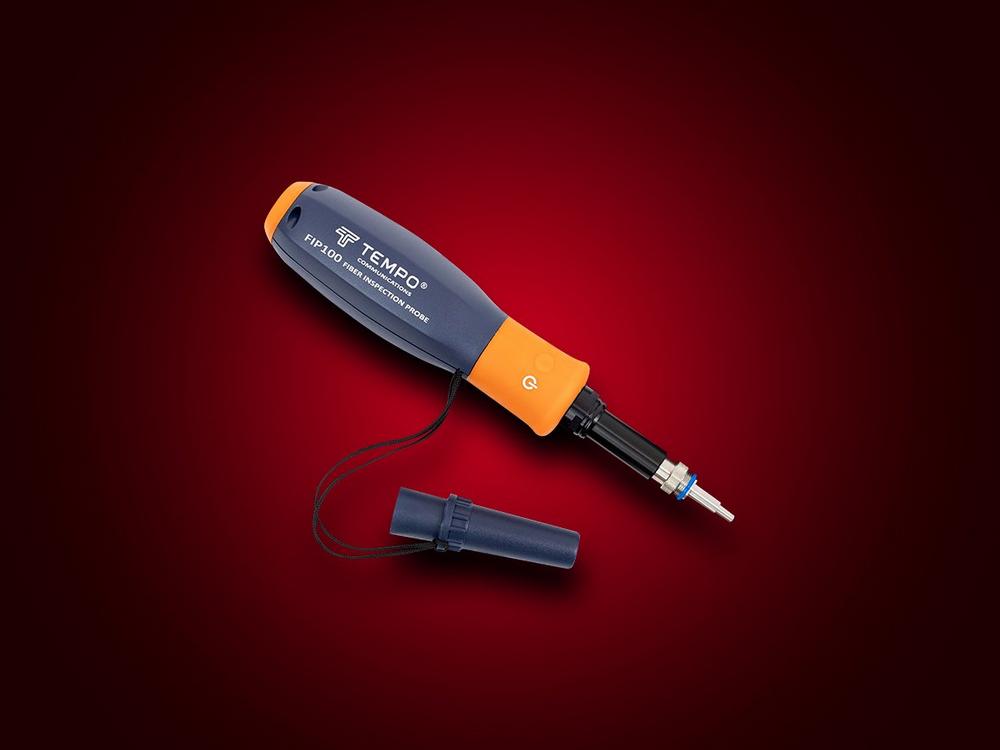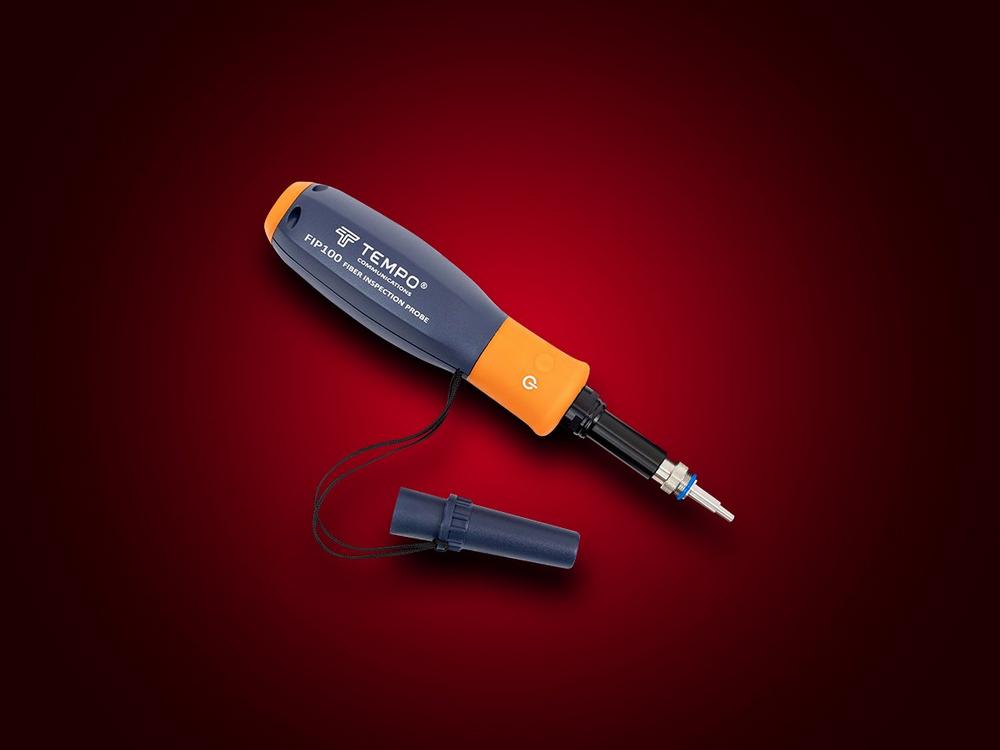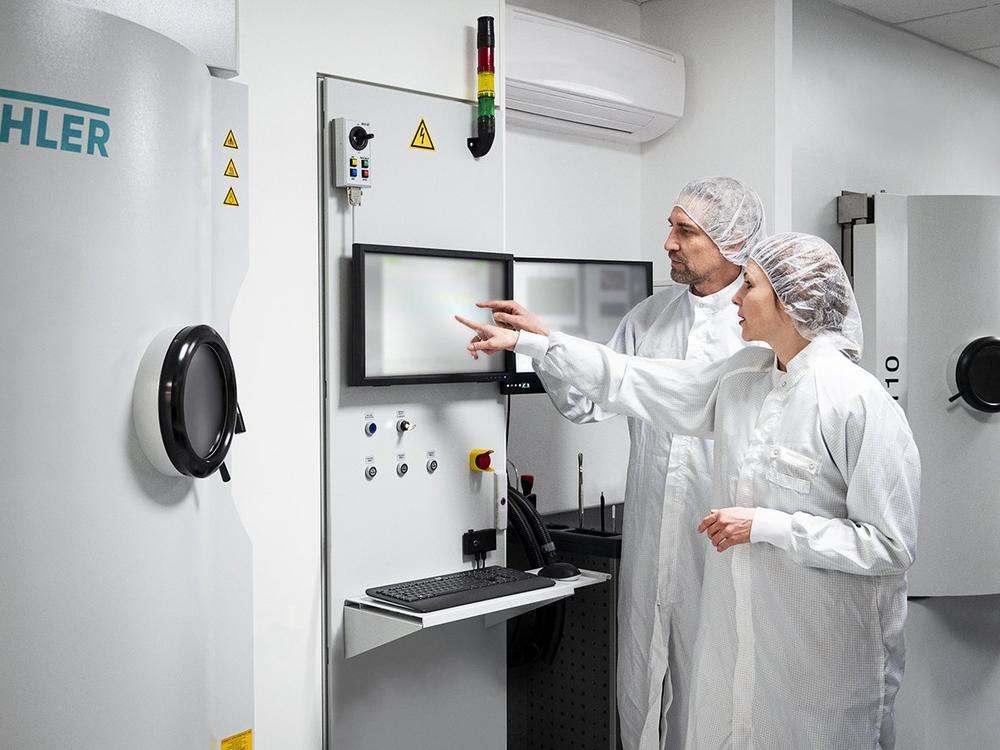LASER COMPONENTS hat seine Internet-Präsenz vollständig überarbeitet. Das betrifft nicht nur das äußere Erscheinungsbild: Die gesamte Inhaltsstruktur wurde neu aufgesetzt. Grundlage für den stark kundenorientierten Aufbau war eine umfangreiche Markt- und Kundenanalyse. Die neue Website spiegelt die Unternehmensstruktur wider. Jede Vertriebsregion hat einen eigenen, auf den jeweiligen Markt und seine Kunden zugeschnittenen Auftritt. Neu hinzugekommen […]
continue reading

